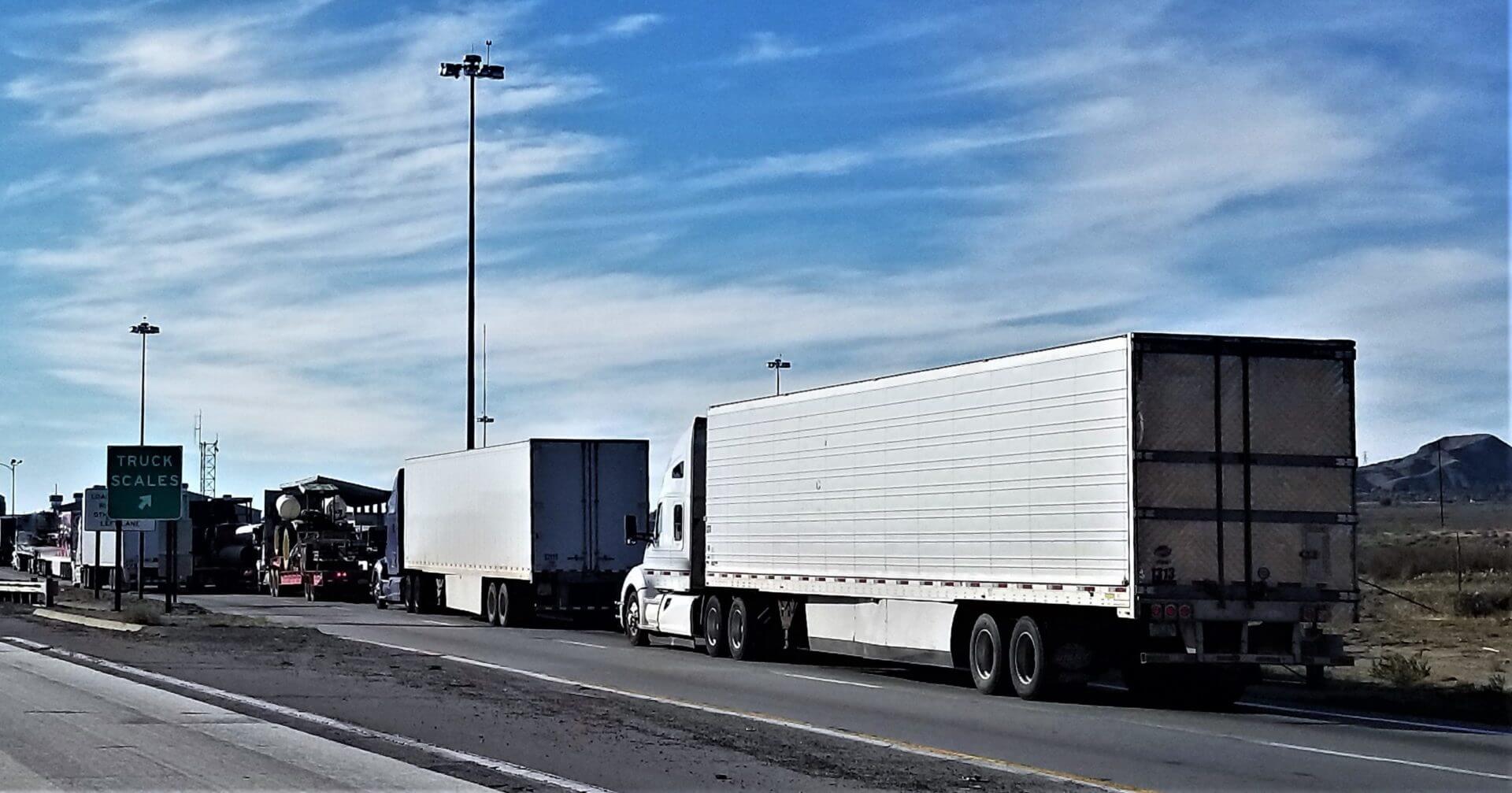Brake Safety Week To Take Place August 21-27
This year, Brake Safety Week will take place throughout the U.S., Mexico, and Canada from August 21 — 27. During Brake Safety Week, inspectors will perform North American Standard Level I and V Inspections, reporting back brake-related data to the CVSA.
The area of emphasis for this year’s Brake Safety Week is brake hose/tubing chafing violations.
Break Violations Are An Issue
According to the CVSA, brake violations comprise the largest percentage of all out of service vehicle violations cited during roadside inspections, and according to last year’s International Roadcheck data, brake systems and brake adjustment violations accounted for 38.9% of all vehicle out-of-service violations, the most of any category of vehicle violations.
While conducting the brake portion of the inspection, officers will be looking for missing, non-functioning, loose, contaminated or cracked parts on the brake system, and non-manufactured holes (such as rust holes and holes created by rubbing or friction) and broken springs in the spring brake housing section of the parking brake.
They will listen for audible air leaks around brake components and lines, and ensure the air system maintains air pressure between 90-100 psi (620-690 kPa). Inspectors will also check for S-cam flip-over and measure pushrod travel. They will check that slack adjusters are the same length (from center of S-cam to center of clevis pin) and the air chambers on each axle are the same size.
They will also inspect required brake-system warning devices, such as ABS malfunction lamp(s) and low air-pressure warning devices. In addition, inspectors will ensure the breakaway system is operable on the trailer, and inspect the tractor protection system, including the bleed-back system on the trailer.
Brake Hose and Tube Tips
- Inspect brake hoses and tubing as part of your pre-trip and post-trip inspections.
- Report any issues in your driver vehicle inspection reports (DVIR).
- Look for brake hoses that are making contact with steering, suspension, brake or other components, or the tires or frame.
- Listen for air leaks, identify the location of the leak, and make the necessary repairs before leaving.
- Brake hoses should not be kinked or improperly repaired.
- Air lines should not hang down and touch the tractor deck or frame.
- When you find air hoses or tubing making contact with other components, check for abrasion wear, and protect, secure or move the hose to prevent wear.
- If a hose or tubing is chafing and has caused a reduction in diameter or, on thermoplastic hoses, the secondary white color is visible, a violation exists.
- If a hose is worn so that the reinforcement ply is cut or abraded, this is an out-of-service condition and should be replaced immediately.
- Make sure all repairs are consistent with manufacturer’s requirements and guidelines.
Previous Data Shows Improvement Is Needed
During Brake Safety Week 2021, 35,764 commercial motor vehicles were inspected throughout North America. Twelve percent of those vehicles were placed out of service for brake violations.
“Poorly maintained brake systems can reduce the braking capacity and stopping distance of large trucks and motor-coaches, which poses a serious risk to driver and public safety,” said CVSA President Capt. John Broers with the South Dakota Highway Patrol. “In those split-second emergency situations, the proper functionality of the brake systems on large commercial motor vehicles is crucial.”
Original Article via: CDL Life
Related Articles:


